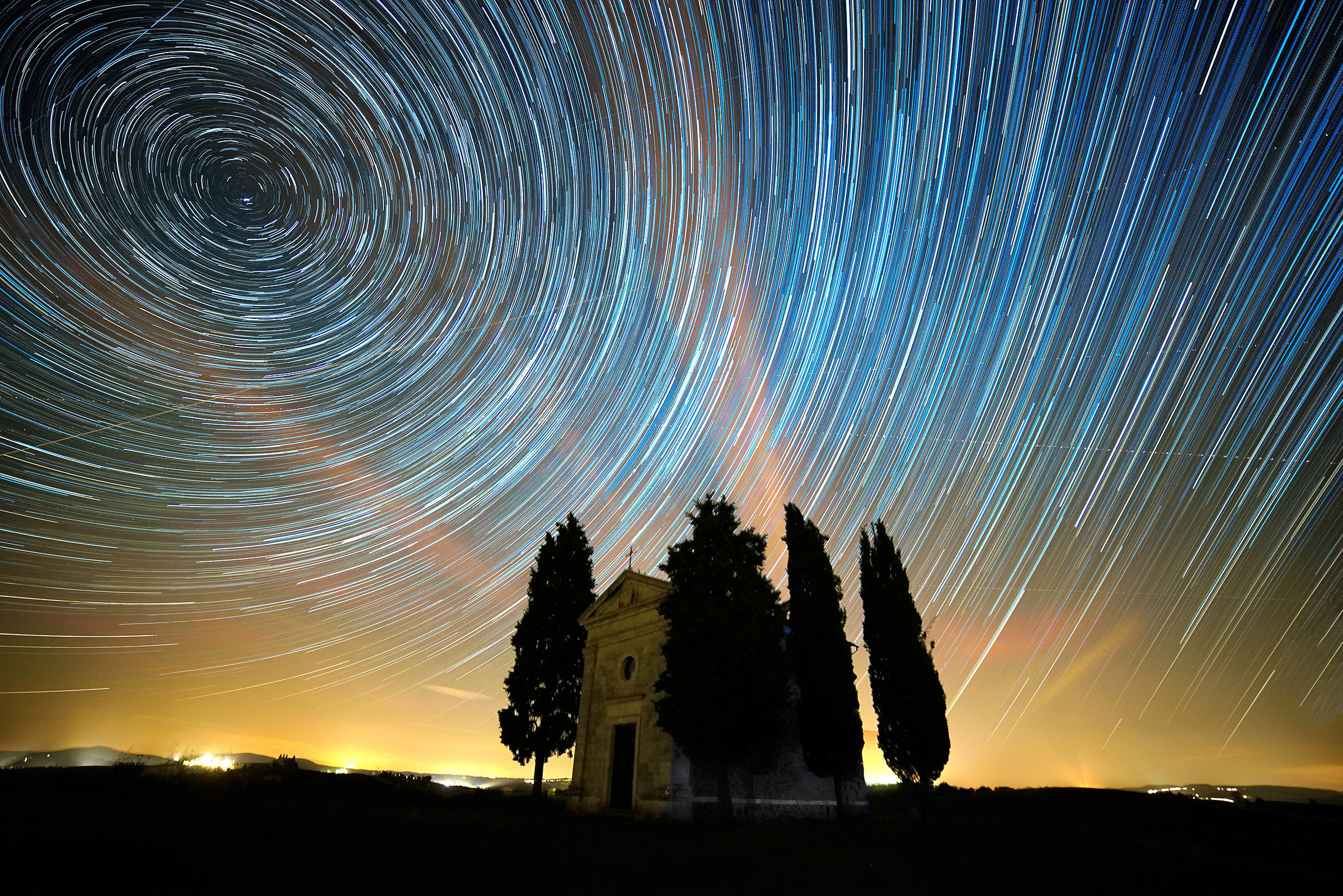

If you’re not familiar with the exact position of the North Star, simply set your camera to bulb mode and take an extra-long exposure in the neighbourhood of 4-5 minutes. All of the other stars appear to spinning around this central location, which can add a visual anchor point in your composition.

The wider the field of view, the more star trails your image can contain.Īs the Earth spins around its axis, the North Star is the only star that doesn’t move (much). Most of my star trail images are photographed with a fisheye lens, because of the 180 degree field of view. This offers more stars to fill the night sky, and also a greater potential to have the North Star somewhere in the frame. You should try to shoot with the widest lens you have. The image shouldn’t only be about the stars, but how they interact with the landscape. A foreground element is very helpful, and having water in the scene is a bonus – the stars can reflect off the surface of the water. As with any good landscape photograph, you should be able to visually navigate through the image. There are a few things to consider when making a star trail image the first is composition. The process for photographing the movement of the stars isn’t nearly as difficult as it once was star trails can be easily captured by any camera with a wired shutter release cable!Įnjoy these tips for photographing star trails at night! Landscapes at night often reveal untold treasures in the sky, and the stars can be made to swirl around like a dream. Photography is a fantastic tool to explore the world around you, especially in ways normally invisible to our eyes.


 0 kommentar(er)
0 kommentar(er)
